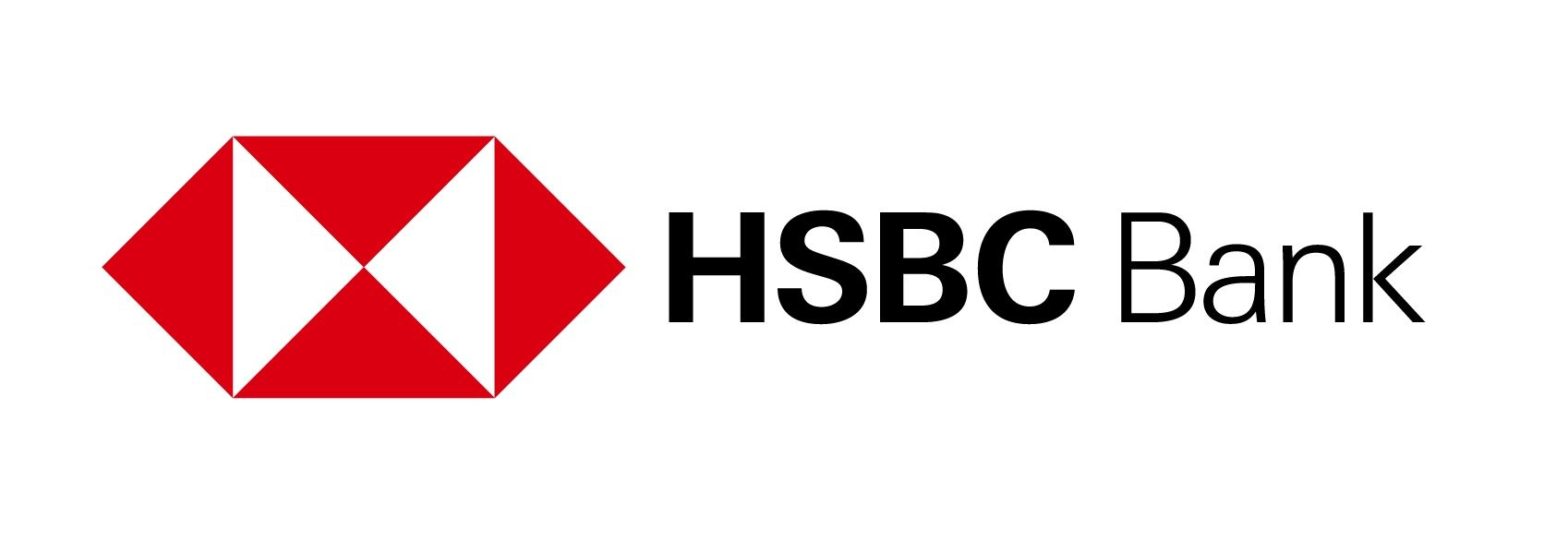About half of variable-rate, fixed-payment mortgages have hit their trigger rates, bank estimates
Publishing date:
Nov 22, 2022 • 3 days ago • 3 minute read
23 Comments
Bank of Canada senior deputy governor Carolyn Rogers gave an update on financial stability risks Tuesday, flagging inflation, volatility in commodity and financial markets, and increased levels of debt. Photo by REUTERS/Patrick Doyle Bank of Canada senior deputy governor Carolyn Rogers acknowledged that rising rates were putting a greater strain on young Canadians — especially if they bought a home during the pandemic.
Advertisement 2 This advertisement has not loaded yet, but your article continues below.
Rogers flagged rising household debt rates as a growing financial system risk, which escalated during the pandemic as Canadians piled into mortgages when interest rates were at historic lows. The central bank’s aggressive rate hiking cycle, which brought the policy rate from near-zero at the start of the year to 3.75 per cent, is beginning to take its toll on highly indebted young Canadians.
Financial Post Top Stories Sign up to receive the daily top stories from the Financial Post, a division of Postmedia Network Inc.
By clicking on the sign up button you consent to receive the above newsletter from Postmedia Network Inc. You may unsubscribe any time by clicking on the unsubscribe link at the bottom of our emails. Postmedia Network Inc. | 365 Bloor Street East, Toronto, Ontario, M4W 3L4 | 416-383-2300
“We know higher interest rates are difficult for many Canadians — particularly young Canadians — many of whom are recent homebuyers and are therefore carrying higher debt loads,” Rogers said in a Nov. 22 speech before the Ottawa chapter of Young Canadians in Finance.
Rogers pointed to inflation, volatility in commodity and financial markets as well as increased debt levels as risks to financial stability. Debt is a particular concern because borrowers on variable-rate mortgages are now reaching their “trigger rates” — the point where the monthly mortgage payment only covers the interest and is not paying down the principal.
Advertisement 3 This advertisement has not loaded yet, but your article continues below.
“One group of Canadians who will be finding this adjustment painful are those who recently purchased a home, potentially stretching their budget to do so, and who chose a variable-rate mortgage,” Rogers said. “This is not a large share of households, but it is larger than it would have been based on historical trends. This is because more Canadians opted for a variable-rate mortgage over the last year than have in the past, at a time when housing prices were high.”
The Bank of Canada estimates that variable-rate mortgages account for about one-third of total outstanding mortgage debt, an increase of about 20 per cent since the end of 2019.
About 50 per cent of variable-rate, fixed-payment mortgages — or nearly 13 per cent of all Canadian mortgages — have already hit their trigger rates where monthly mortgage payments may increase.
Advertisement 4 This advertisement has not loaded yet, but your article continues below.
Royce Mendes, managing director and head of macro strategy at Desjardins Group, said the Bank of Canada was now beginning to see the effects of its rate-hiking campaign ripple into mortgages.
“We estimate that just about all variable-rate mortgages taken about between May 2020 and July 2022 are now in this position [trigger rate]” Mendes wrote. “The more that monetary policymakers raise rates, the more interest these borrowers will owe. However, as the Bank of Canada’s research suggests, that doesn’t necessarily mean all of those homeowners will need to top up payments. Some lenders will allow for negative amortization.”
Since the global financial crisis in 2008 safeguards have been put in place to buffer the impact of such economic shocks, said Rogers, who also noted that higher capital requirements and liquidity levels for banks should protect the stability of the financial system.
Advertisement 5 This advertisement has not loaded yet, but your article continues below.
Recommended from Editorial ‘Team Transitory’ holdout Stephen Poloz says the Bank of Canada is close to getting inflation under control What the latest inflation numbers mean for consumers, the economy and the Bank of Canada “Here at home, these measures also included a borrower-level mortgage stress test to ensure Canadians could continue to afford their homes when interest rates rose,” Rogers said. “And, importantly, we are not expecting a severe economic downturn with the kind of large job losses typical of past recessions.”
During a November speech on labour markets, Bank of Canada governor Tiff Macklem made the case that the high level of job vacancies in Canada could provide a buffer to limit layoffs in the next downturn.
However, the heads of the central bank noted that young Canadians particularly are feeling the pressure of high inflation and rising borrowing rates.
“High inflation is something we haven’t seen in Canada in more than three decades, which means many in this room are experiencing it — and the stress that comes with it — for the first time,” Rogers told students at the University of Ottawa.
“It’s undoubtedly frustrating to face the uncertainty of inflation and the impact of higher interest rates at a point in time when you are just getting financially established — building your career, buying a house, starting a family.”
• Email: shughes@postmedia.com | Twitter: StephHughes95
